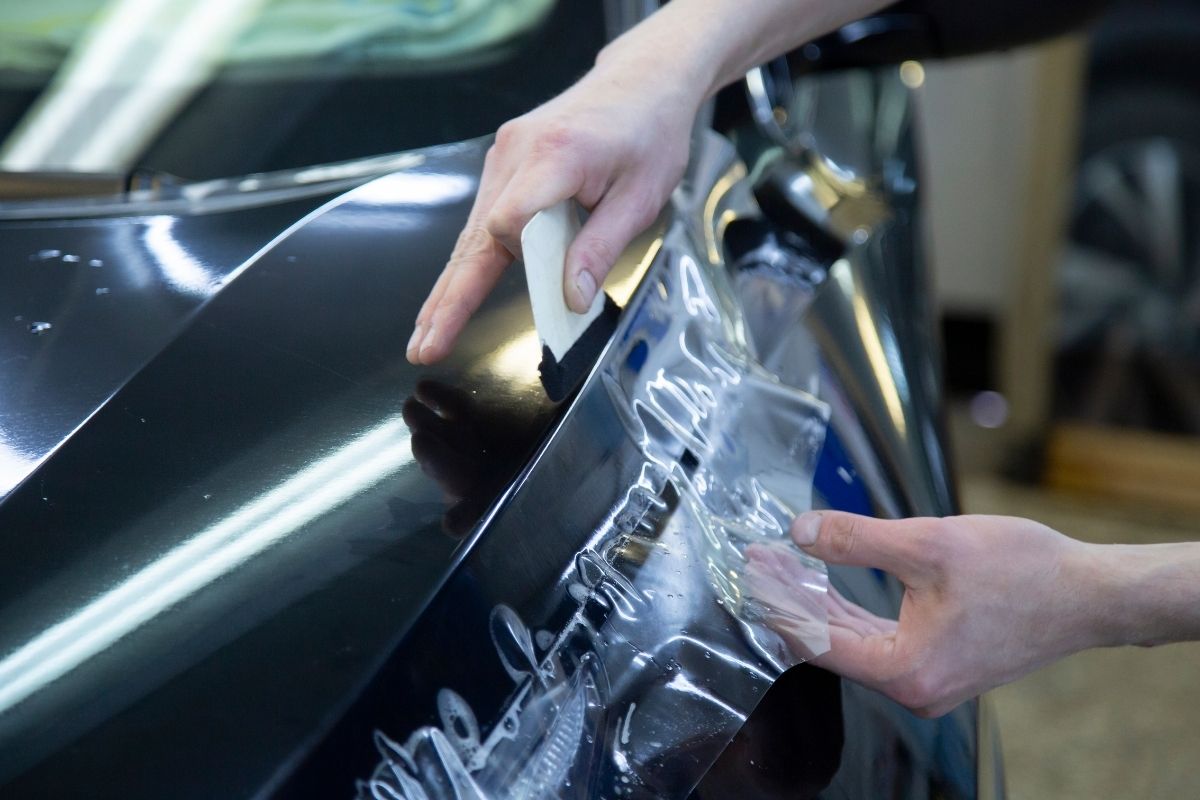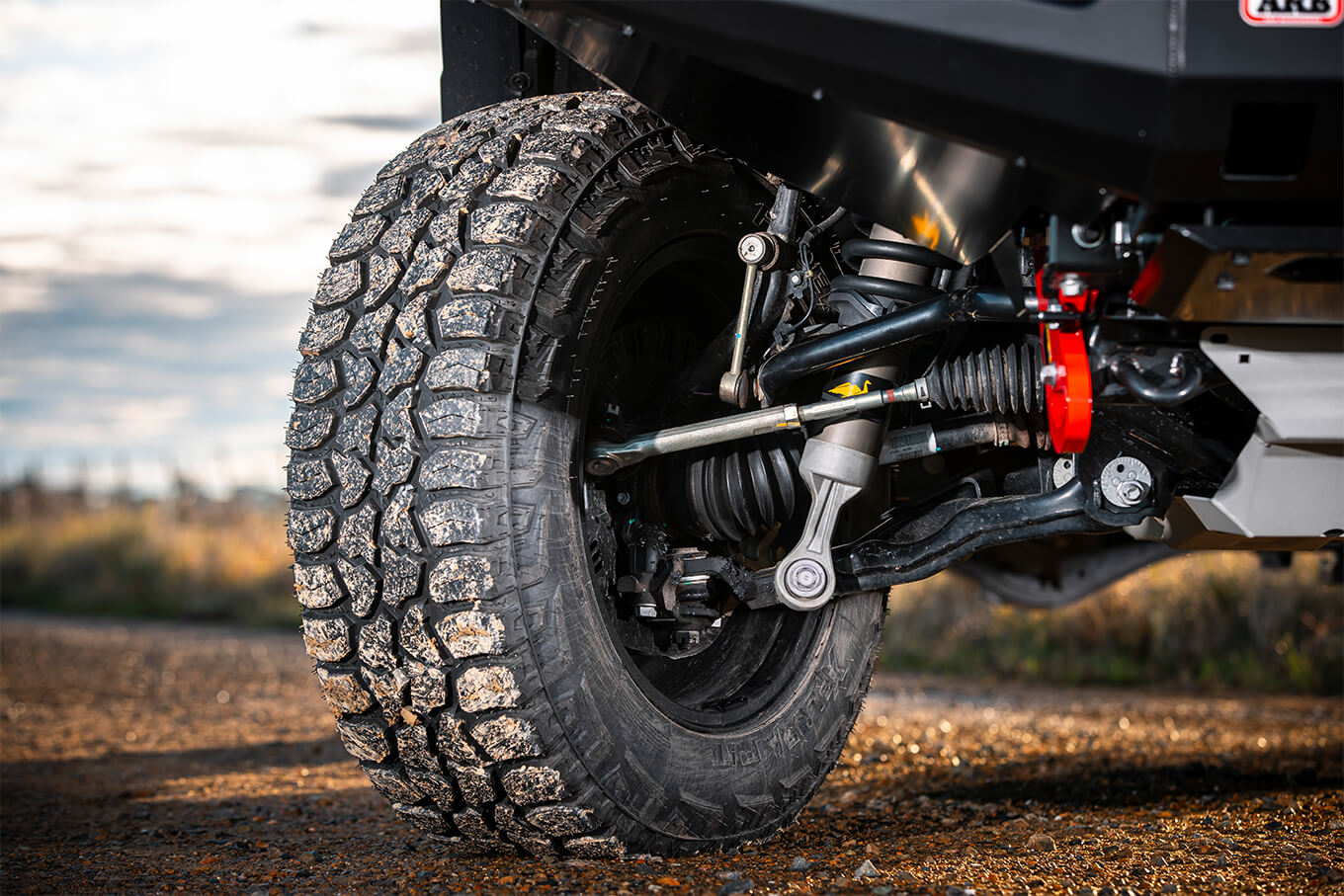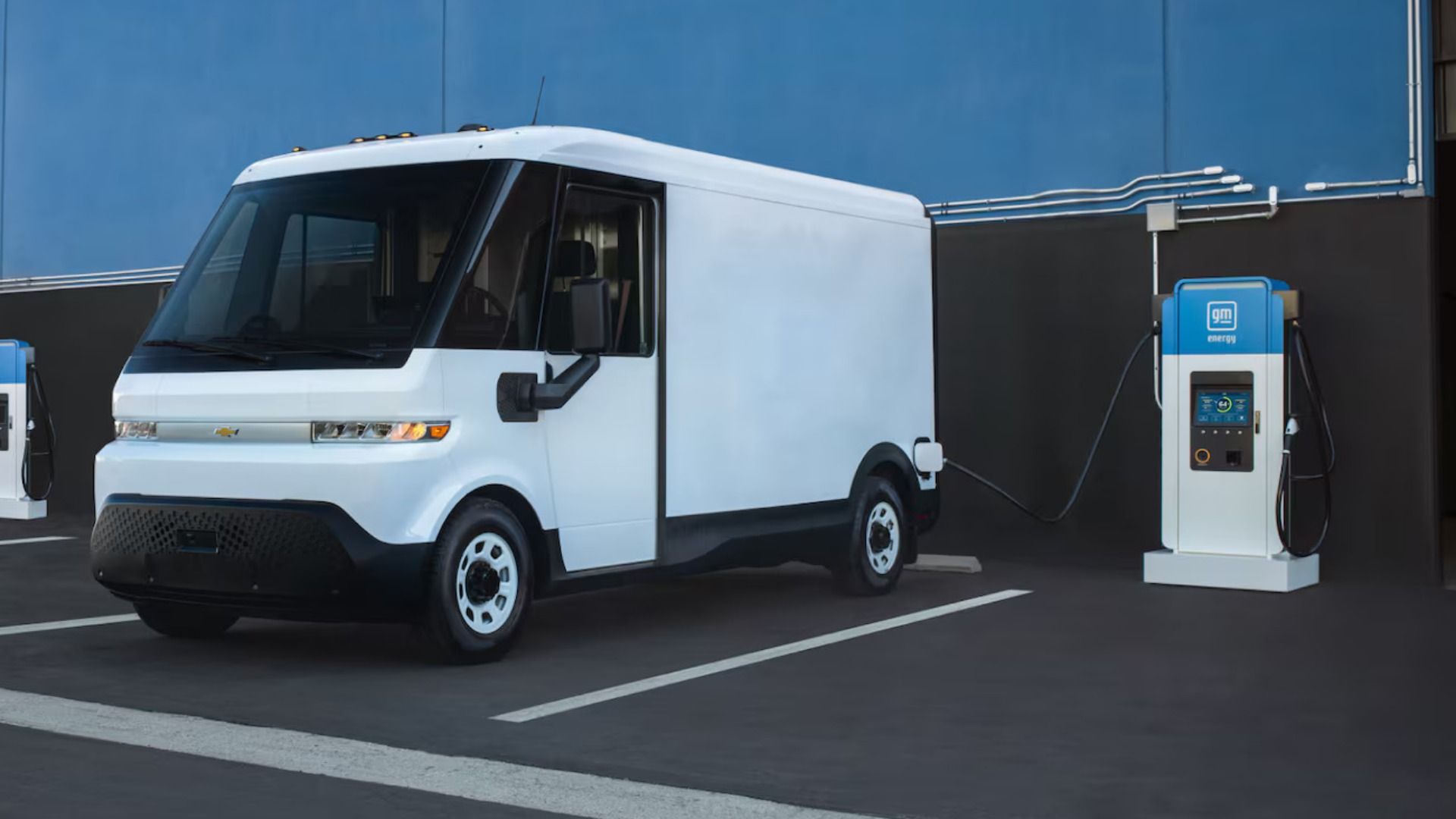Long-Term Exterior Protection with Car Paint Protection Film

For vehicle owners who value appearance and longevity, car paint protection film has become a widely discussed solution in the automotive world. Whether you drive a brand-new luxury car, a reliable daily commuter, or a classic you’ve kept pristine over the years, protecting your vehicle’s paint from the hazards of the road is a constant concern. Rocks, bug splatter, road debris, bird droppings, UV rays are just a few of the threats that can wear down the shine and condition of your car’s exterior over time.
More and more drivers are considering car paint protection film as a practical answer to this problem. It’s not just for high-end sports cars anymore. This durable, virtually invisible film acts as a protective barrier, preserving the vehicle’s appearance and helping to maintain its resale value. In this article, we’ll cover everything you need to know from how the film works to what makes a professional installation essential and why trusted brands like APEAX are becoming go-to choices for those serious about keeping their vehicle looking sharp.
What Is a Car Paint Protection Film?
Car paint protection film, also known as PPF or clear bra, is a thin layer of polyurethane or polymer material applied to a vehicle’s painted surfaces. It is designed to absorb damage from minor abrasions, environmental contaminants, and even some chemical stains. The film is transparent and conforms tightly to the surface of the vehicle, preserving the original paint while remaining almost invisible to the eye.
Some high-end versions of the film also feature self-healing properties. This means that small scratches or swirls caused by car washes or road grit can gradually disappear with heat from the sun or warm water.
What Does Paint Protection Film Protect Against?
PPF serves as a shield between your car’s exterior and common sources of paint damage. These include:
- Stone chips and road debris: High-speed gravel and rocks can chip paint, but the film absorbs the impact.
- Bird droppings and bug splatter: Both are acidic and can eat into paint if left too long.
- Tree sap and pollen: Sticky and corrosive, these natural materials can cause surface blemishes.
- Minor abrasions and swirls: Everyday interactions with car washes or road dust can dull your paint, but the film provides a buffer.
- UV exposure: Sunlight can cause paint to oxidize and fade. PPF helps reduce that damage.
By defending against these common issues, car paint protection film helps preserve your vehicle’s factory finish for years.
Areas Commonly Covered with PPF
While a full-body application is possible, many vehicle owners opt for partial protection on high-impact zones. These areas include:
- Front bumper
- Hood (full or partial)
- Side mirrors
- Front fenders
- Door edges and handle cups
- Rocker panels
- Rear wheel arches
These zones are the most vulnerable to chipping, scratching, or scuffing from everyday driving and parking situations.
Key Benefits of Paint Protection Film
1. Maintains Vehicle Appearance
Paint protection film helps preserve the paint’s color depth, gloss, and clarity. It’s a popular choice among enthusiasts who want to keep their cars looking as fresh as the day they drove them off the lot.
2. Increases Resale Value
A vehicle that looks clean and scratch-free always draws more interest and higher offers when it comes time to sell or trade in. Paint protection film helps you keep the exterior in excellent condition, which can make a difference in resale pricing.
3. Low Maintenance
PPF is easy to care for. Regular hand washing or touchless washing is typically all that’s needed. No special maintenance products are required, and the film resists staining better than bare paint.
4. Invisible Finish
Modern paint protection films are engineered to be crystal-clear and glossy, maintaining the look of your car without altering its color. Matte and satin films are also available for those who prefer a different aesthetic.
5. Durability
With proper installation and care, high-quality PPF can last 5–10 years. It won’t yellow or peel under normal conditions, and newer formulations resist UV degradation.
Professional Installation Matters
While there are DIY kits available, professional installation ensures better coverage, cleaner edges, and fewer bubbles or creases. Applying paint protection film takes patience, precision, and a clean, controlled environment.
Companies like APEAX specialize in premium-level installations with attention to detail and expert craftsmanship. They use quality film materials designed for long-term performance, and their installers are trained to fit the film precisely, even on complex curves and edges.
With professional application, you also benefit from product warranties and peace of mind that your investment is protected.
Common Misconceptions About PPF
“It’s only for exotic cars.”
Not all vehicles can benefit from paint protection film. Whether you drive a Toyota or a Tesla, protecting your car’s finish is always a wise decision.
“It makes the car look different.”
Most modern films are virtually invisible when applied correctly. Matte and gloss options ensure a natural appearance that suits your preferences.
“It’s permanent and can’t be removed.”
PPF is semi-permanent and can be safely removed by professionals if needed. It doesn’t damage the paint underneath, assuming it was properly applied.
“It’s the same as ceramic coating.”
While both protect the paint, they serve different functions. PPF offers physical protection against impacts, while ceramic coatings help with chemical resistance and easier cleaning. Many car owners choose to combine both for comprehensive protection.
How to Care for a Car with Paint Protection Film
Even though PPF reduces the risk of surface damage, you should still take care of your vehicle to ensure the film stays in good condition:
- Avoid harsh chemicals or abrasive cleaning tools.
- Use pH-balanced car wash soap.
- Dry your vehicle with a clean microfiber towel.
- If possible, avoid automatic car washes with spinning brushes.
- Inspect your film regularly and have any issues repaired by a professional.
With minimal effort, your film will continue to protect your vehicle for years to come.
Is Paint Protection Film Worth the Investment?
If you plan to keep your car for several years or want to preserve its appearance in top condition, PPF is a worthwhile investment. The cost of installation is offset by reduced paint repair, fewer detailing sessions, and better resale value. It’s especially valuable for people who:
- Frequently drive on highways or gravel roads.
- Live in areas with harsh climates (e.g., heavy sun, snow, or rain).
- Park outdoors often, exposing their vehicle to tree sap and bird droppings.
- Want to protect a brand-new paint job or a full respray.
Final Thoughts
In today’s market, where preserving your vehicle’s value and appearance is more important than ever, car paint protection film stands out as a practical and proven solution. It provides durable, nearly invisible coverage that shields your vehicle from daily hazards giving you fewer things to worry about and more time to enjoy the drive.
For high-quality installation and trusted service, look no further than APEAX. Their team is committed to providing detailed craftsmanship and superior film solutions to help keep your car looking its best for the long haul.





